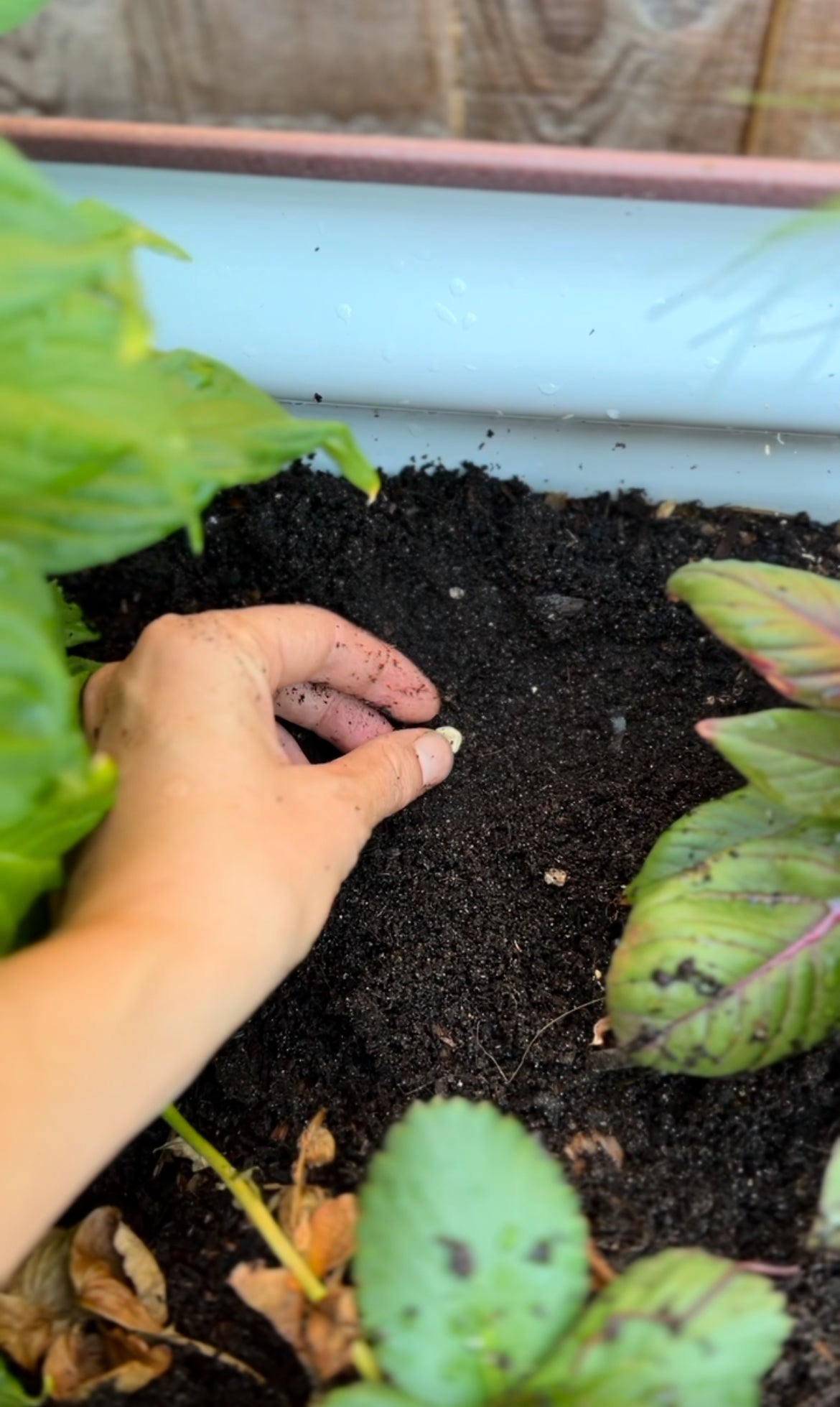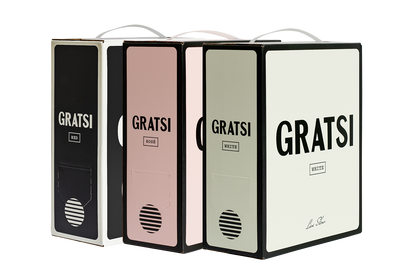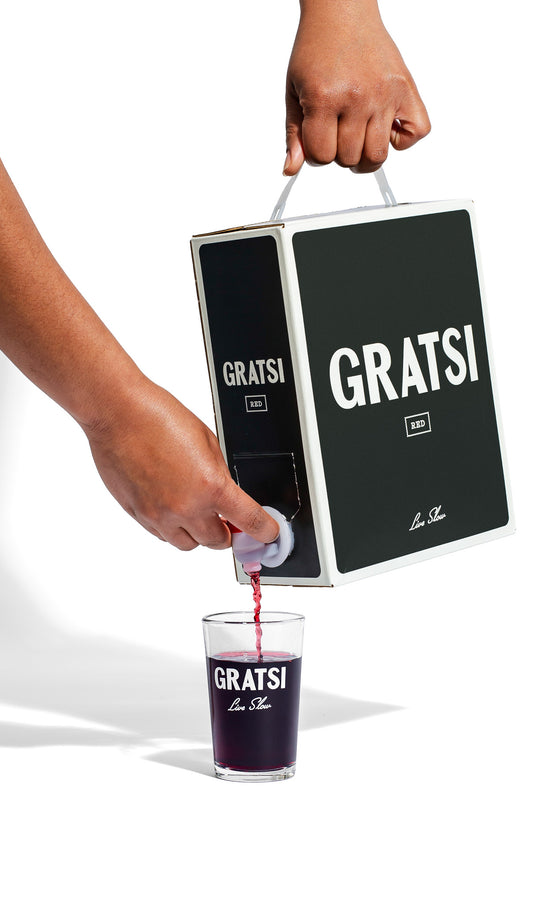Preparing the Fall Garden
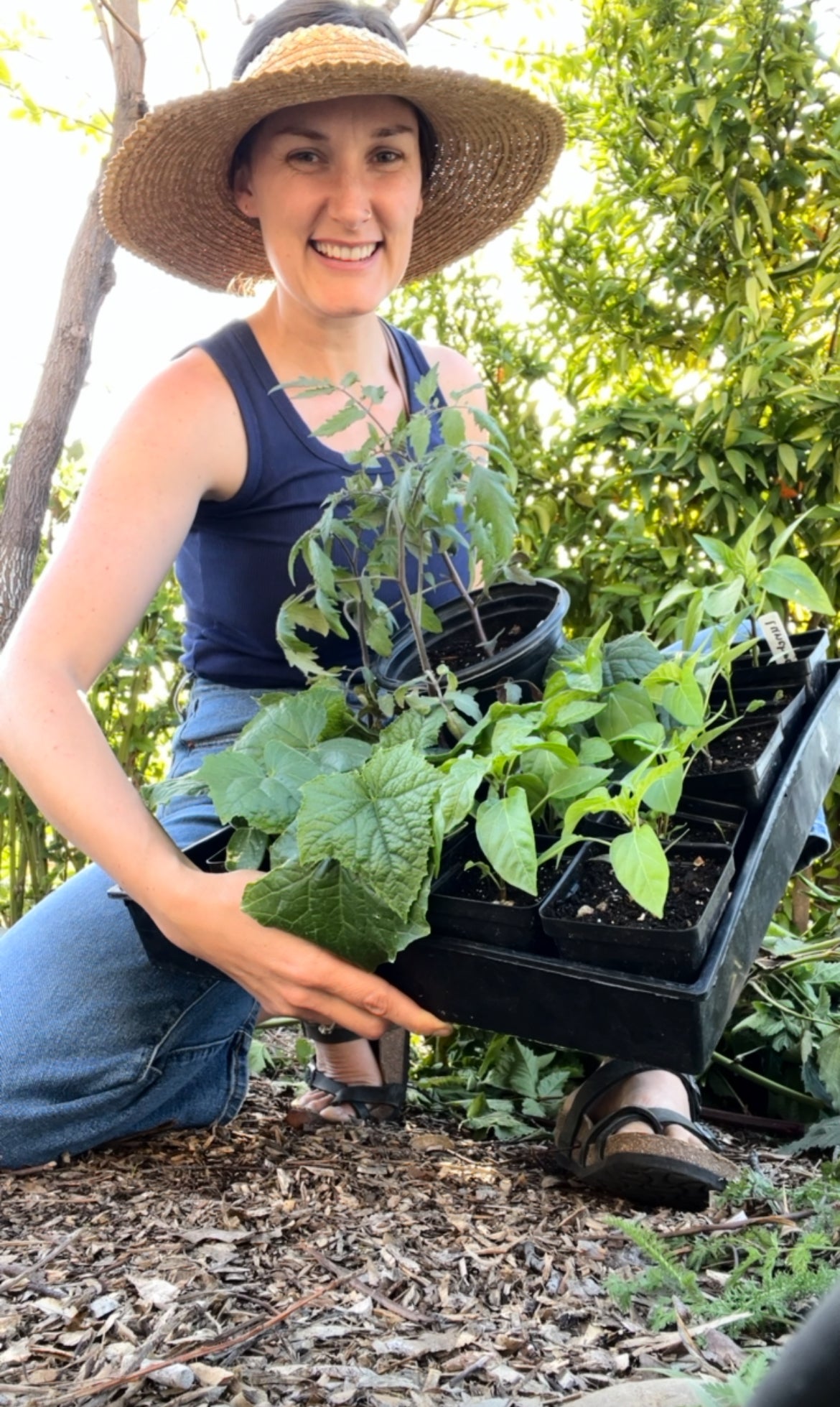
Homesteading Series:
Preparing the Fall Garden
By Jennifer Macleod
September 17, 2024
When someone mentions gardening, you probably imagine juicy red tomatoes or sweet ears of summer corn. But did you know that Fall is also a great time to plant a garden? Cooler temperatures are more pleasant to work in, inspire less pest activity and allow a variety of delicious crops to happily grow. Brassicas like broccoli, cabbage, cauliflower and kale all do better in the cooler temperatures of fall, and flowers like violas and calendula last longer before going to seed. All in all, it is so easy to grow a bountiful fall garden and get a beautiful harvest before the cold of Winter sets in. Read on to learn how to prepare your garden and grow vitamin rich veggies in the fall!

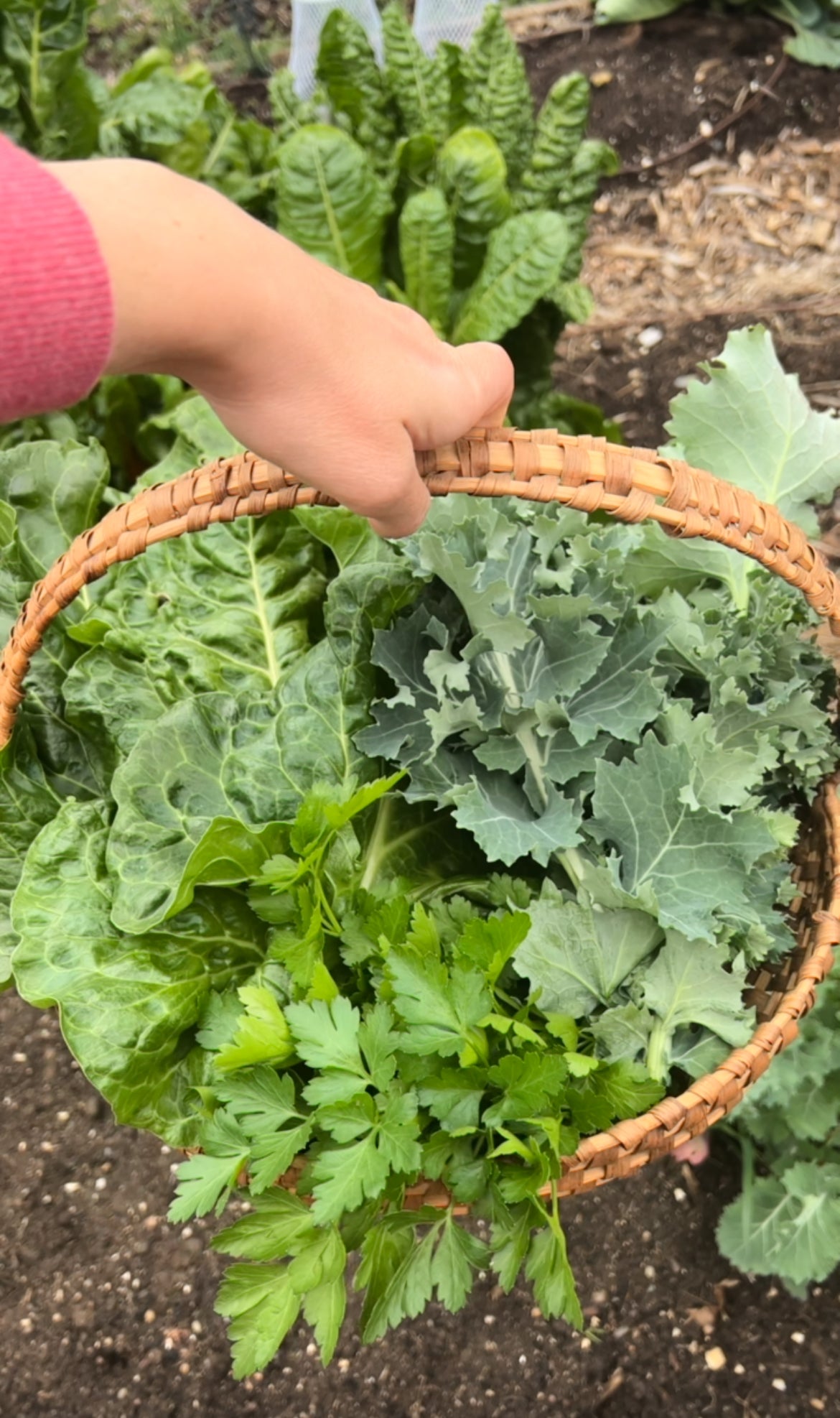
Tending the Soil
After many years of observation and research, the agricultural community has come to understand the benefits of leaving the soil undisturbed. By skipping heavy tilling, soil structure is left intact and over time performs better and is more fertile. Bringing this practice into the home garden is an excellent way to build and maintain soil health. To preserve your soil, don’t worry about laboriously turning the soil over with a shovel. Simply remove the old, dead plants from summer and any pests that may have found their way into the garden. You can pull the plants out entirely, or clip the stalks right where they meet the soil and allow the roots to stay in the soil to decompose. I personally like to leave the roots, but if I am limited on space I may pull the roots out to give my new plants more room. After this you may want to use a small cultivator tool to loosen the top few inches of soil for planting. The final step in tending the soil is to add a “top dressing” of compost or worm castings. This is a half to one inch layer on top of the existing soil. It can be lightly worked into the first few inches of soil to provide nutrients to the new plants.
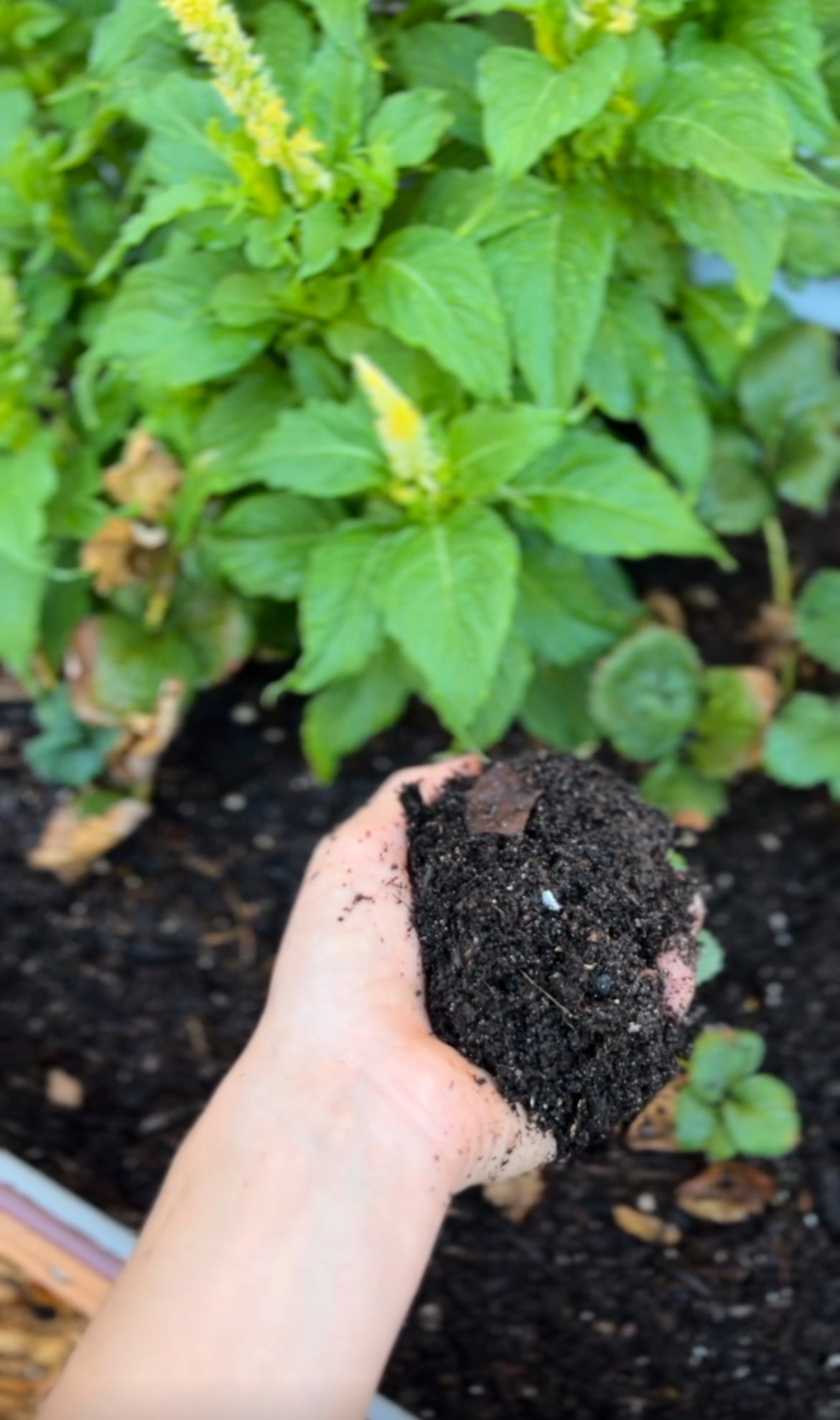
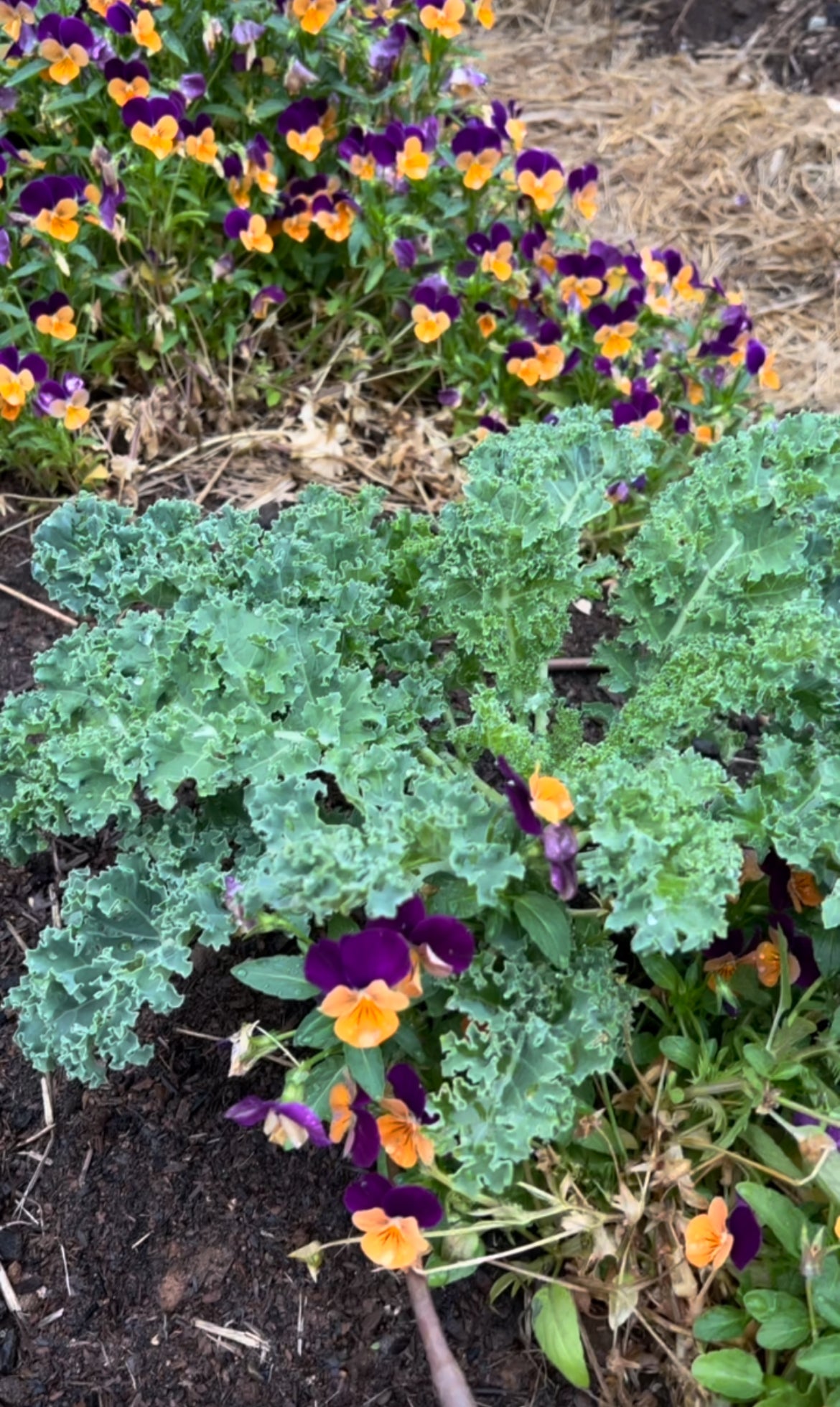
Checking Irrigation
In between seasons is a great time to check irrigation lines to ensure there are no major leaks and add any new lines needed. Repairing irrigation can be difficult when there are lots of plants in the garden bed, so take this opportunity to get it done before everything grows back again! In my climate we receive a lot of rain in the fall and winter, so I don’t tend to keep the irrigation on through this season. However, there are short periods of time when I need to turn it on, like if I have just planted new transplants or seeds that need to be watered consistently until they get established.
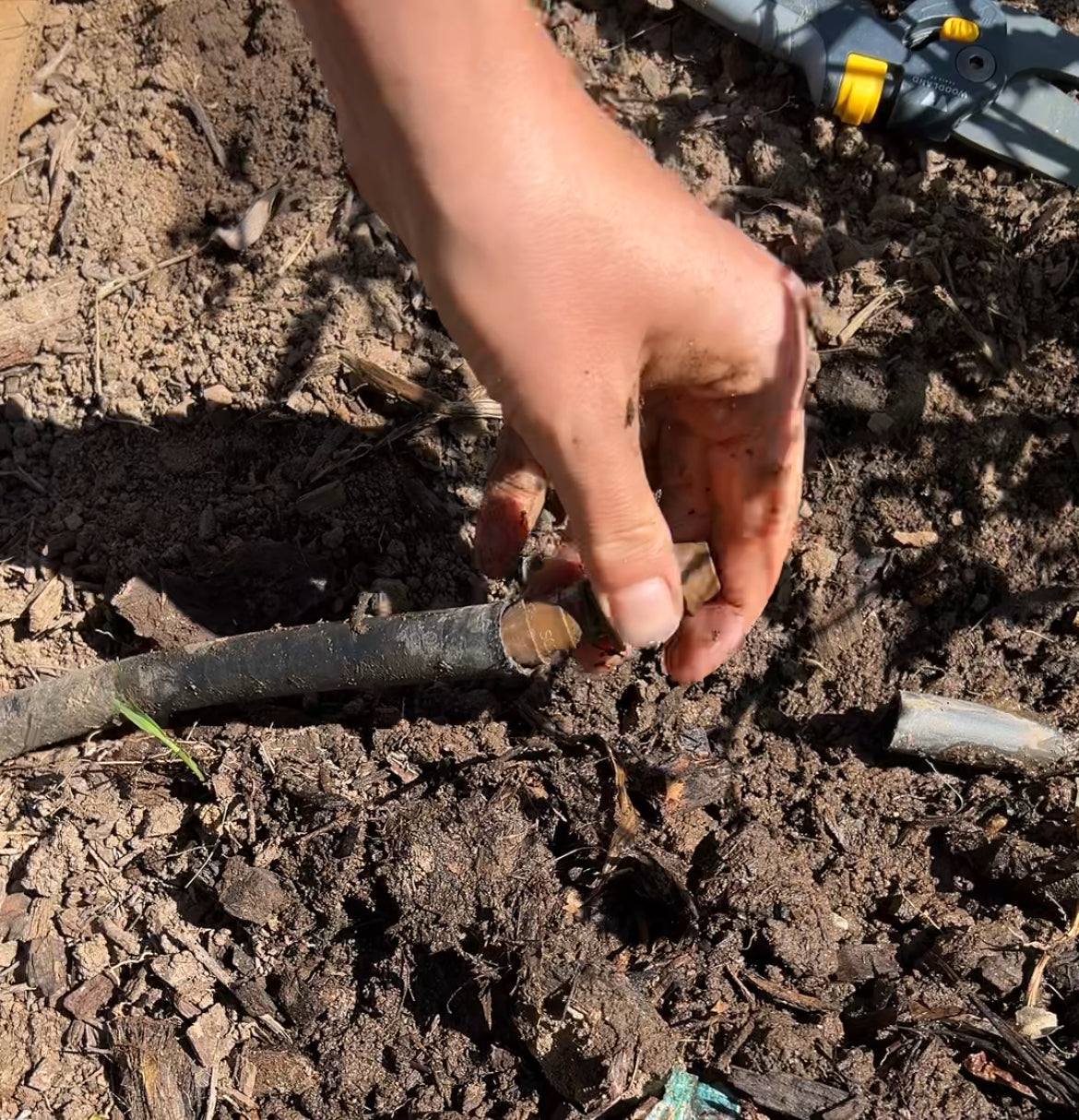
Planting
Arguably the best part of gardening is adding new plants! Doing a mix of seeds and transplants is a great way to get a staggered harvest. Checkout your local nursery for veggie starts that take a longer time to grow from seed, like broccoli, cabbage, cauliflower and kale. Plants that do better with direct seeding are things like carrots, beets and peas. Don’t forget to add flowers, too! Violas, also called Johnny jump-ups, and calendula flowers both do well through the cooler weather and help attract pollinators. As always, don’t forget to look into your local native wildflowers and plant some of those if you can!
The fall garden is a chance to get a beautiful harvest before the longer days of winter. Don’t skip this amazing time in your home garden! Following the steps outlined here will get you a bountiful cool season crop full of important vitamins and nutrients to help you through the cold and flu season and keep your garden looking amazing for as many months as possible this year! Happy gardening!

